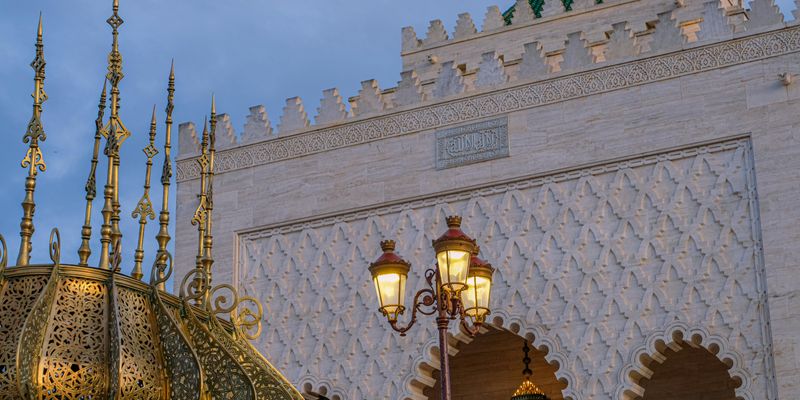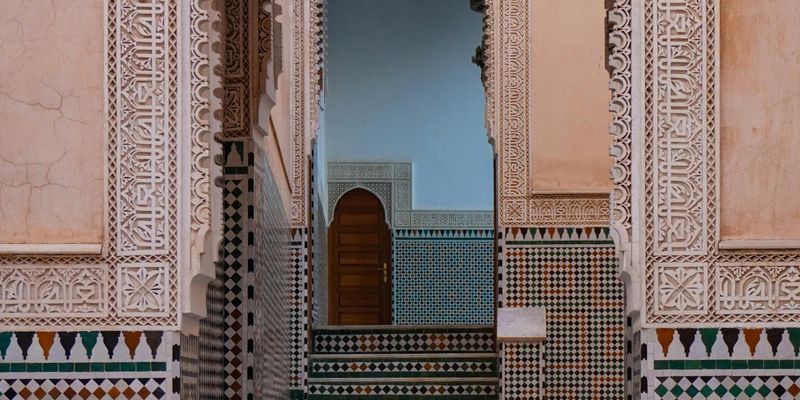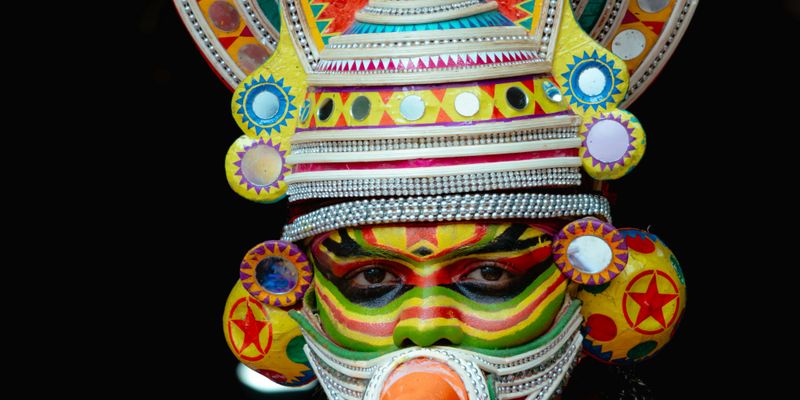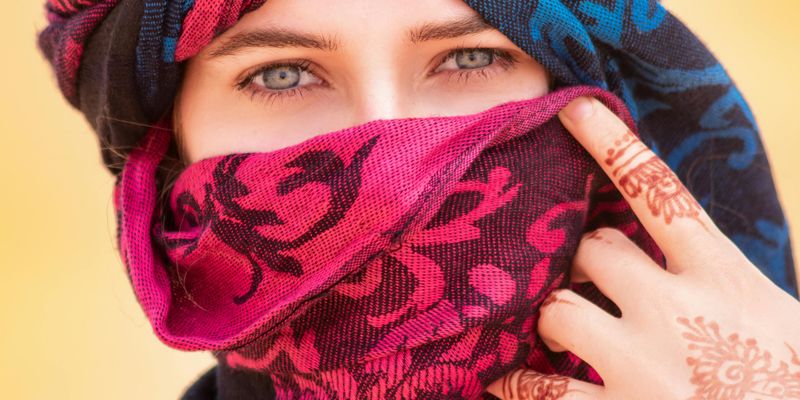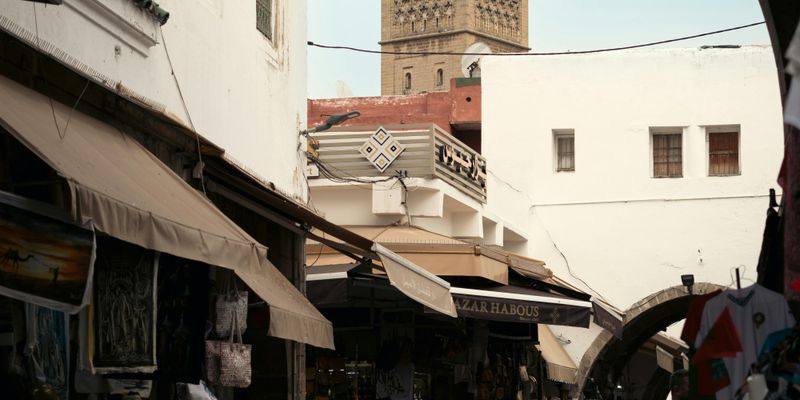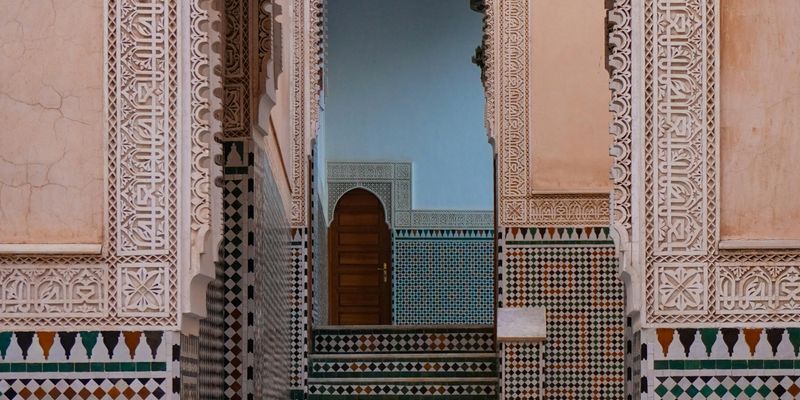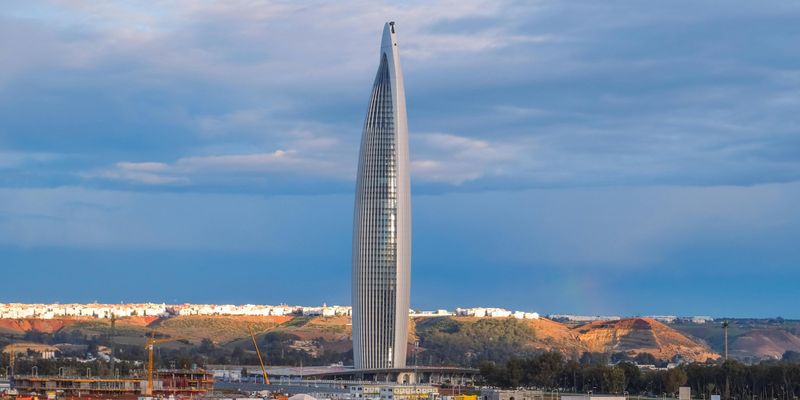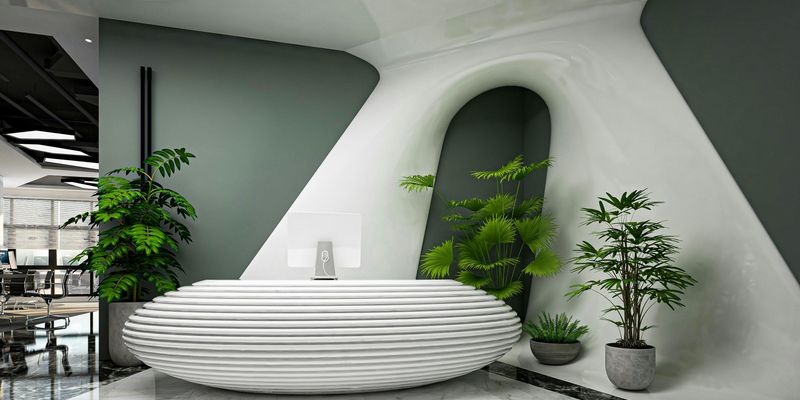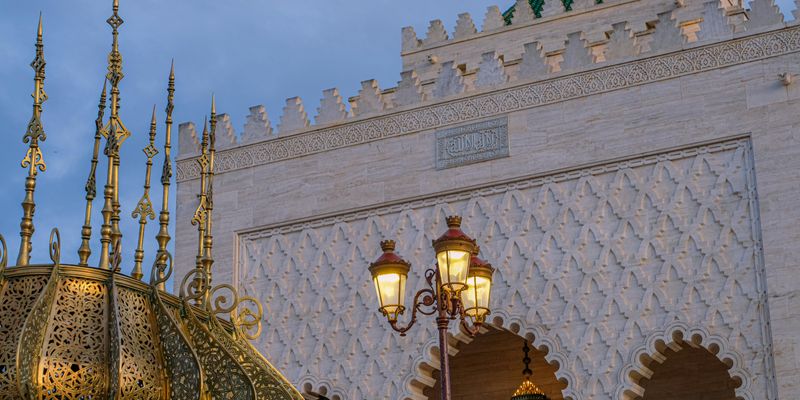
Why Morocco: A Journey Through Time
When one thinks of Morocco, vibrant souks, stunning landscapes, and tantalizing spices often come to mind. However, beneath the surface lies a rich tapestry of history that dates back thousands of years. Join me on this fascinating journey through time as we uncover the historical layers that make Morocco a unique crossroads of cultures.
Ancient Roots and Civilizations
Morocco’s history is as diverse as its landscapes. The earliest inhabitants of this land were the Berbers, known as the Amazigh, whose presence can be traced back over 3,000 years. Their legacy is still visible today in the beautiful architecture of traditional villages and in the melodic sounds of their native langues, Tamazight and Tachelhit, which can be heard in the Atlas Mountains.
If you wander through the ancient ruins of Volubilis, a UNESCO World Heritage Site, the remnants of Roman structures vividly paint a picture of life in the 3rd century AD. The intricate mosaics found here narrate stories of the Romans' once-grand presence in the region, and as you walk through these ruins, you're literally walking through history.
The Splash of Islamic Influence
Following the Roman era, the arrival of Islam in the 7th century marked a turning point in Moroccan history. The architectural landscape transformed dramatically with the establishment of stunning mosques, such as the iconic Koutoubia Mosque in Marrakech, which is a beacon of Moroccan Islamic architecture.
Additionally, the historical city of Fes is home to one of the world’s oldest universities, Al Quaraouiyine, founded in 859 AD, reflecting Morocco's rich intellectual legacy. Strolling through the narrow streets of Fes el-Bali is like stepping back in time, with artisans continuing the age-old crafts that have been passed down through generations.
Melting Pot of Cultures
Morocco's unique position between Europe and Africa has made it a melting pot of cultures. The diverse influences can be seen in the eclectic architecture, bustling marketplaces, and even the culinary delights. Each region has its distinct flavors, from the spicy tagines of the north to the exotic, sweet-savored sweets of the Saharan south. Sharing a meal with locals is not just about the food; it’s a communal experience steeped in hospitality, where stories and traditions are passed down along with the recipes.
The Berber culture is particularly fascinating, with its unique handicrafts, music, and festivals. Attending a traditional Amazigh festival, such as the Imilchil Marriage Festival, allows you to immerse yourself in the vibrant customs and lively celebrations that have persisted for centuries.
The Modern Mosaic
As we move into contemporary times, Morocco embraces its history while innovatively blending tradition with modernity. Cities like Casablanca exhibit stunning examples of Art Deco architecture juxtaposed with historical landmarks, representing the nation’s forward-thinking spirit.
Moreover, Morocco is increasingly becoming a hub for artists and entrepreneurs. The nation’s vibrant art scene is flourishing, with festivals like the Marrakech Biennale drawing attention to local and international artists alike. This surge in creativity signifies Morocco’s potential as a destination not just for tourists, but also for investment and collaboration.
Conclusion: A Journey Worth Taking
Morocco is a land where ancient history and vibrant culture come together to create a living tapestry. Whether you are exploring the ancient medinas of Fes, marveling at the stars in the Sahara, or sipping mint tea with a local family, each experience tells a story of resilience, unity, and the passage of time.
As you plan your journey to this remarkable country, remember that you are embarking on more than just a vacation; it’s a discovery of a rich heritage that will linger in your heart long after your travels have ended. So come, breathe in the history and culture of Morocco, and let it inspire you!
